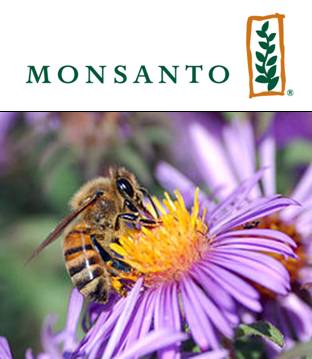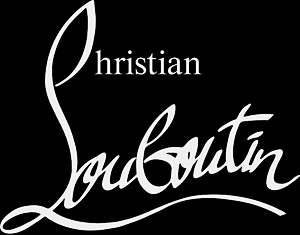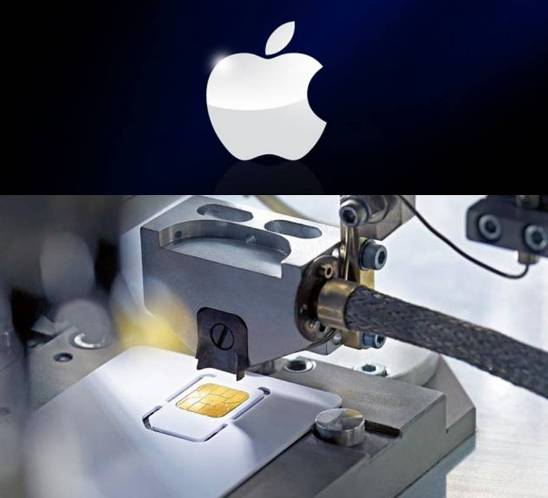
Jimmy crack corn and I don’t care (continued)
In its brief-in-opposition to the patent litigation, the respondent Monsanto restated the question as follows:
Whether the Federal Circuit correctly ruled that Monsanto’s patent rights in biotechnology related to genetically modified plants (here, patented technologies that make soybeans resistant to glyphosate-based herbicides) are independently applicable to each generation of soybeans embodying the invention, such that a grower who, without authorization from Monsanto, creates a new generation of genetically modified soybeans infringes Monsanto’s patents.
It is interesting to note that Monsanto’s reframing of Bowman’s questions emphasizes the rights to enforcement of patent-law protection under the doctrine of exhaustion, and not only under contract law as part of their IP strategy.
The Supreme Court has indicated interest by requesting a Call for the Views of the Solicitor General (CVSG) to express the views of the United States in the case. The view of the Solicitor General (SG) is considered to be quite influential on whether the Supreme Court will consider the merits of a case. The SG (representing the Obama administration) may side with the CAFC decision, advising against the Supreme Court taking the case. However, the Supreme Court may choose not to hear the case even upon the SG’s recommendations, allowing the CAFC ruling to stand.
As noted on the Patently-O blog, the SG (then Paul Clement) filed a brief in the parallel patent-litigation case of McFarling v. Monsanto Co. in 2005, recommending that the petition be denied. The McFarling petition did not focus on exhaustion. However, in a footnote the SG brief noted that “whether (and, if so, to what extent) the patent-exhaustion doctrine applies to restrictions on the use of a materially identical patented product that was produced by the patented product sold by the patentee” is “novel.”
In the Quanta case, the then SG wrote in his brief to the Supreme Court that:
… there is a seeming anomaly in allowing a patentee to achieve indirectly – through an enforceable condition on the licensee – a limitation on use or resale that [because of the exhaustion doctrine] the patentee could not itself impose on a direct purchaser.
The Supreme Court noted in Quanta that if an authorized sale was restricted by a license, remedies from any violation of that license would come from contract law and not patent law.
In Monsanto Co. v. Scruggs, the judge rejected Scruggs’ request for reconsideration of a 2004 denied motion for summary judgment that relied on the Quanta ruling, which was based on Scruggs’ defense of patent exhaustion in the patent-litigation case. The judge held that:
… the Quanta decision in no way undermines the basis for the Federal Circuit’s holding on the issue of patent exhaustion … The doctrine of patent exhaustion is inapplicable in this case…. There was no unrestricted sale…
It should be self-evident that as the core of Monsanto’s IP management relies on its licensing agreement, which explicitly states that a farmer purchasing seeds is not allowed to replant and reproduce the seeds, in part to cover the aspect above of restricted sale. According to the patent-exhaustion doctrine, the first unrestricted sale by a patent owner of a patented product exhausts the patent owner’s control over that particular item.
However, in this case, the sale was not unrestricted; there was a licensing agreement which provided limitations on the use of the product. Therefore, it can be clearly argued that the doctrine of exhaustion does not apply.
Accordingly, farmers (including Bowman) who bought commodity soybeans under no contractual agreement would yet be limited by Monsanto patent protection, and should not be allowed to plant and reproduce the soybeans, since the patent on the product was never exhausted.
However, as pointed out above, the market pervasiveness of Roundup Ready soybeans potentially raises unfair competition and monopoly concerns of such an IP strategy. A trademark case, bearing a resemblance with regard to these issues, involved Christian Louboutin’s red-soled shoes. The District Court invalidated Louboutin’s trademark on the color red in the fashion industry, reasoning that such a colormark would in effect cripple and limit designers by taking away the use of a monochromatic color, for an industry in which color is a functional aspect.
The question remains whether throught its IP management Monsanto has, perhaps unwittingly, created unreasonable market conditions for competitors to coexist. Since it is not practical to locate seeds unencumbered by Monsanto’s patents, in effect, farmers are unable to plant any such seeds without obtaining a licensing agreement from Monsanto – the intent of Monsanto’s IP strategy.
Patents were created to protect innovations, and thereby encourage creativity and competition for the benefit of society. Nonetheless, in this case, one could argue that farmers’ activities have been limited to the extent that it could seriously impact the farming industry in a negative way. This IP-management issue has been raised with regard to Monsanto’s dominant control of the seed market in India as well as improper crop management in the US.
In a related, but unconnected, turn of events that has befallen Monsanto’s IP-management efforts, the Brazilian Supreme Court has ruled on Monsanto’s alleged illegal collection of tariffs on “unapproved” use of its GM soybeans, which could cost Monsanto a minimum of $2 billion in repayment of improperly-collected royalties. Giovanni Conti, a judge in Rio Grande do Sul, ruled that Monsanto’s levy was illegal, noting that the patents relating to Roundup Ready soybeans have already expired in Brazil.
“The issue is that segregating GM and conventional soya is difficult, since the GM soya is highly contaminating,” says João Batista da Silveira, president of the Rural Syndicate of Passo Fundo. Comments on the Brazilian court’s ruling have pointed out the complications regarding contamination and proof of prior knowledge.
The genetic test is not enough to require the farmer to pay royalties or penalties. The farmer needs to have benefited from the GM aspect of the plant by engaging in management techniques. Namely, the farmer would have to have treated the crop with Roundup. If this is the case, this is proof that the seed was 100% RR and the farmer knew it, and therefore could benefit from labor-saving and yield-increasing techniques by spraying with Roundup. A crop that was only partially contaminated might be partially killed with [R]oundup, which would ruin the yield, so only a farmer that knows that the seed was 100% RR would spray. If the farmer managed the crop as if it were not RR – i.e. did not spray it with Roundup, he would certainly not spray, and would manage the crop using conventional techniques, and thus not realize any of the benefits of the GM crop.
Returning to Bowman, it should also be noted that the CAFC opinion referred to self-replicating technologies, and not exclusively to transgenic seeds per se. Thus, we can expect Bowman to have implications for nucleic acids, virus strains, microorganisms, and cells as other domains for self-replicating technologies. A refusal of the certiorari petition by the Supreme Court would strengthen protection for transgenic plants, as well as the rights of patent holders in biotechnology. However, a reversal of the CAFC decision on the patent-litigation case by the Supreme Court regarding the applicability of patent exhaustion to self-replicating technologies would dramatically weaken patent enforceability.
Subsequent to such a reversal, consumers and competitors alike would be able to avoid patent infringement by simply duplicating patented technology by growing or cultivating a sample purchased in the stream of commerce because, euphemistically as the old plantation song says, my master’s gone away.
That is more than a bit of the pendulum swinging too far in the other direction – overreaching its intention. The biotech, life sciences, and agrotech industries will be keen to see the outcome of this patent-litigation case and impact on IP strategy because unlike Jimmy crack corn and I don’t care, they will.













